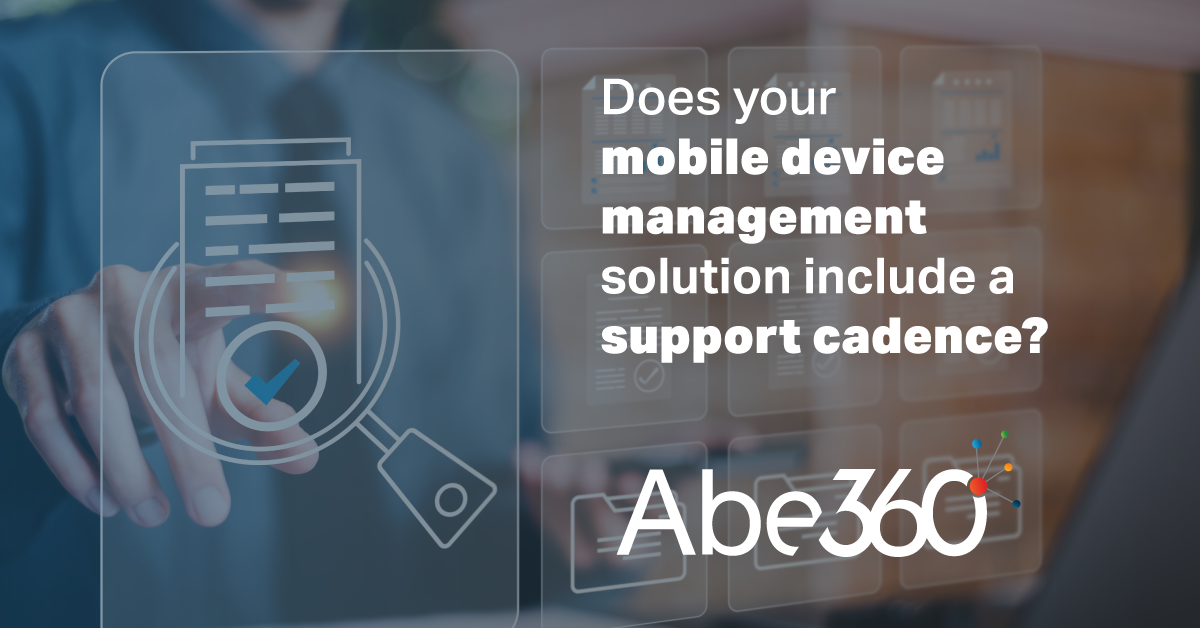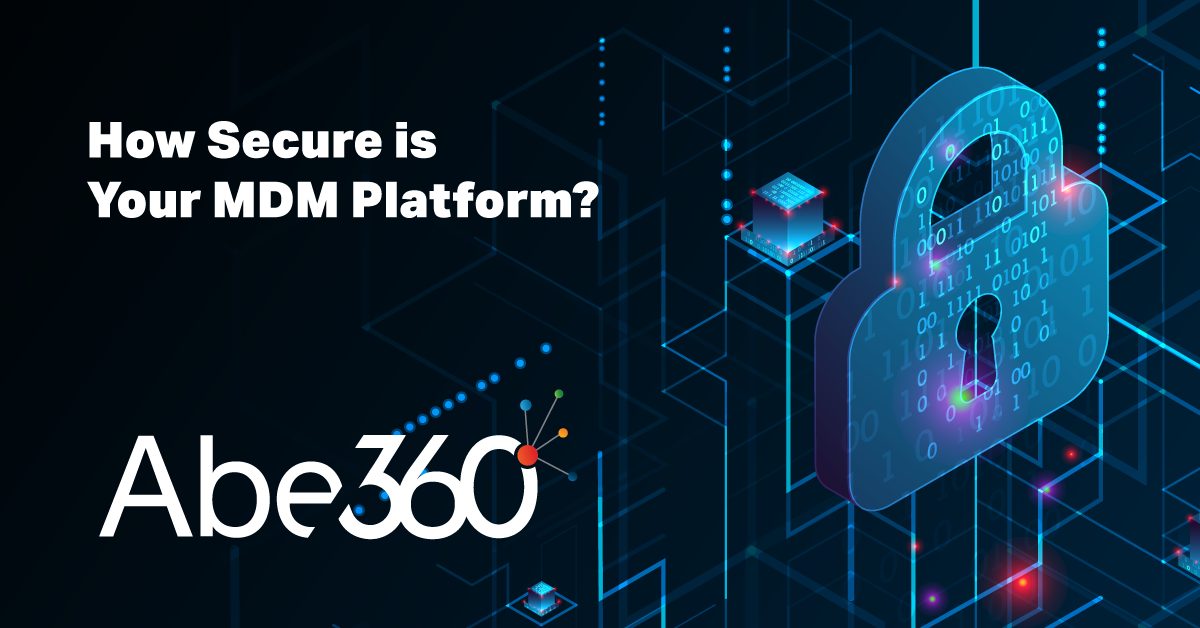Radio Frequency Identification (RFID) is a hot topic these days for manufacturing companies looking to automate manual processes, protect product quality, and gather important analytics to improve productivity.
If you’re interested in exploring RFID and locationing solutions, where do you begin? Today we will discuss some RFID best practices to consider before you implement an RFID solution in your manufacturing facility, warehouse, or yard.
Define Your Requirements and Manage Expectations
Before you decide to jump right into an RFID deployment, it’s critical to investigate your requirements and define the problem you are trying to solve. There are many different types of locationing technologies including Bluetooth Low Energy (BLE) and Ultra-Wideband (UWB) that could also serve your needs and may, in fact, be a smarter solution than RFID.
RFID is not necessarily the silver bullet solution. Outlining the problems you are facing with current processes and the goals you hope to achieve with RFID can save you time and money in the long run.
Business Case Development and Operations Analysis
Once you have defined the problem you are trying to solve and your goals, think about the problem again in the specific context of the business operations impacted by this problem. For example, are you spending lots of employee time manually entering inventory or location data? Do other departments or business units need to have access to this data?
Including representatives from logistics department or IT department is important. It is a cross-departmental process, and getting those teams involved early is a good step.
Discovery Workshop and Site Analysis
AbeTech provides a Discovery Workshop service as part of all RFID deployments. In this workshop, we will document both a detail discovery questionnaire with to gather information around the use cases, problems, and goals discussed earlier. We can also provide a readability analysis to document what other frequencies/signals are used in your facilities.
If you have access to wireless heatmaps or even a general floor plan of your locations, this will give you a head start on this process.
Tag and Reader Technology
RFID is not the only locationing solution that can solve your problems and help you achieve your goals. Here are the three main technologies AbeTech uses to implement locationing solutions:
Radio Frequency Identification (RFID): RFID uses radio waves, much like Wi-Fi does, to locate and track items wirelessly and automatically. And it all starts with an electronic RFID tag.
Bluetooth Low Energy (BLE): Beacons, Bluetooth tags or BLE tags are similar to active RFID tags. They have inbuilt batteries which provide them with long read ranges.
Ultra-Wideband (UWB): A radio technology that uses a very low energy level for short-range, high-bandwidth communications for sensor data collection, precision locating, and tracking applications.
Proof of Concept (POC) and Pilot Projects
Once you have documented your problems and goals, analyzed your processes, and discussed technology options, a proof of concept or pilot project is a great way to get a feel for an RFID deployment before branching out to other locations and business units.
Our solution architects and engineers will come on site to test the RFID or locationing solution. This step is imperative for simplifying and streamlining further deployments. These pilot projects allow your departments and teams to analyze the results of the project, make adjustments, and know exactly what you can expect going forward.
Schedule an RFID Consultation to Get Started
The tips and ideas in this post will help you wrap your head around all that goes into an RFID deployment.
RFID requires a sizable investment, but the resulting improvements in efficiency, tracking accuracy, and automation can generate a significant return on investment.





